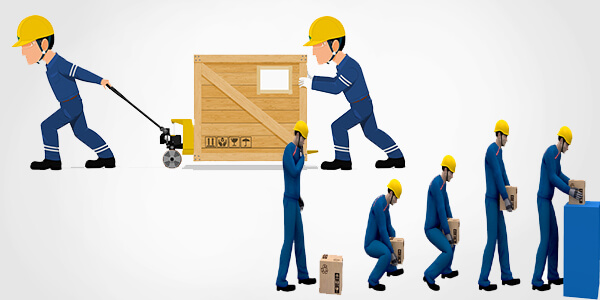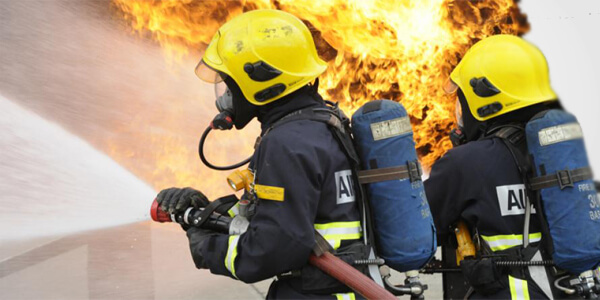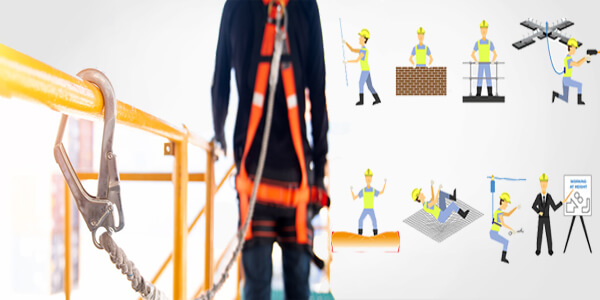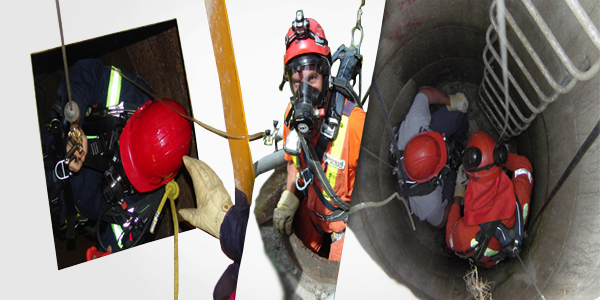Phone : +91-8700494563
Whatsapp : +91-9628485258

Class A:-- Class A fires are fires in ordinary combustibles such as wood, paper, cloth, trash, and plastics.
Class B:-- Class B fires are fires in flammable liquids such as gasoline, petroleum oil and paint. Class B Fires also include flammable gases such as propane and butane. Class B fires do not include fires involving cooking oils and grease.
Class C:- Class C fires are fires involving energized electrical equipment such as motors, transformers, and appliances. Remove the power and the Class C fire becomes one of the other classes of fire.
Class D:- Class D fires are fires in combustible metals such as potassium, sodium, aluminum and magnesium Class K:-Class K fires are fires in cooking oils and greases such as animal fats and vegetable fats.


This introductory workshop will provide participants with an awareness of the necessary requirements to perform tasks safely at heights including fall protection equipment, risk management, Legislative obligations and Indian Standard:

The aim of the training is to provide candidates with the necessary knowledge on the hazards of working in a confined space, safe use of tools and equipments, control of hazards and emergency procedures. At the end of the training, the candidates will be able to:-

SQM Basic Rigger Training program is specifically designed to upgrade the existing knowledge and skill Levels of basic and trainee riggers. The absence of good rigging practices and lack of hands-on training Contributes to a large percentage of material handling accidents
The program focuses on determining the correct size and type of rigging equipment required to safely perform lifting operations.